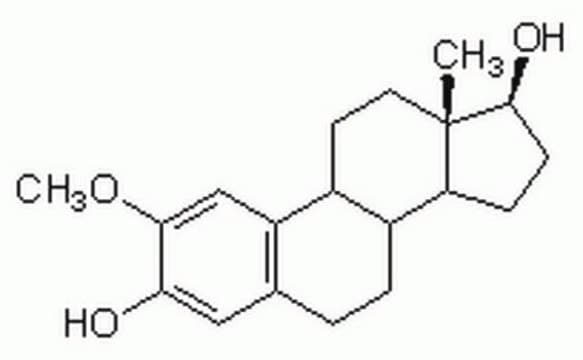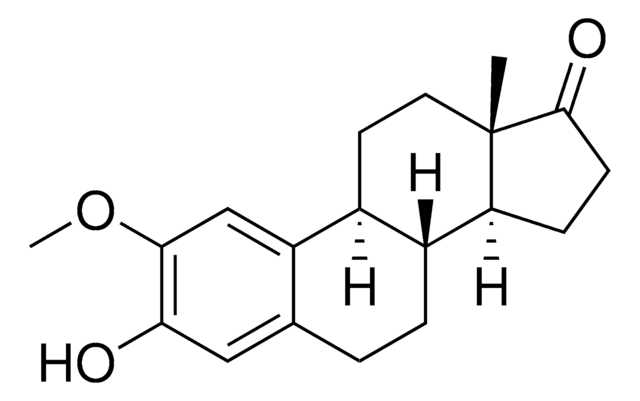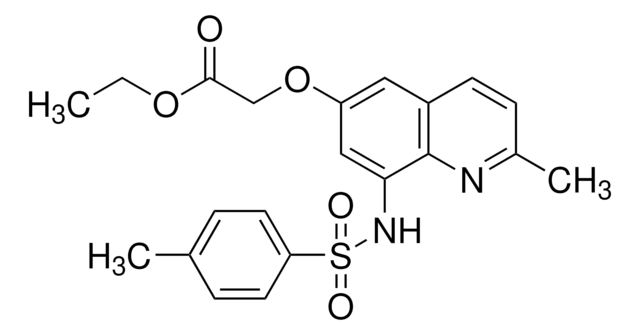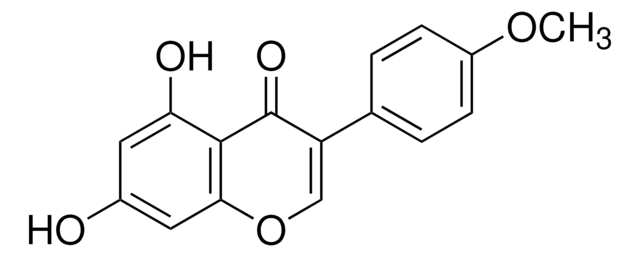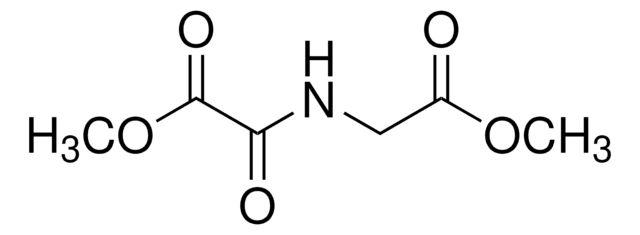M6383
2-Methoxyestradiol
powder
Synonym(s):
1,3,5(10)-Estratriene-2,3,17-triol 2-methyl ether, 2,3,17β-Trihydroxy-1,3,5(10)-estratriene 2-methyl ether, 2-Hydroxyestradiol 2-methyl ether, 3,17β-Dihydroxy-2-methoxy-1,3,5(10)-estratriene
About This Item
Recommended Products
sterility
non-sterile
Quality Level
Assay
≥98% (HPLC)
≥98% (TLC)
form
powder
color
white to faint yellow
mp
189-190 °C
solubility
DMSO: 10 mg/mL
ethanol: 10 mg/mL
H2O: insoluble
shipped in
ambient
storage temp.
room temp
SMILES string
OC1=C(C=C(C2=C1)[C@]3([H])[C@](CC2)([H])[C@]4([H])CC[C@H](O)[C@](C)4CC3)OC
InChI
1S/C19H26O3/c1-19-8-7-12-13(15(19)5-6-18(19)21)4-3-11-9-16(20)17(22-2)10-14(11)12/h9-10,12-13,15,18,20-21H,3-8H2,1-2H3/t12-,13+,15-,18-,19-/m0/s1
InChI key
CQOQDQWUFQDJMK-SSTWWWIQSA-N
Gene Information
human ... ESR1(2099) , ESR2(2100)
Looking for similar products? Visit Product Comparison Guide
General description
Application
- as hypoxia-inducible factor 1-alpha (HIF-1α) inhibitor to treat microglia to test whether hypoxia leads to cell death
- to determine the anticancer potential in L-lactate-activated osteosarcoma cells
- as a reference chemical and angiogenesis inhibitor to assess the performance of in vitro angiogenesis assay
Biochem/physiol Actions
Signal Word
Danger
Hazard Statements
Precautionary Statements
Hazard Classifications
Acute Tox. 3 Dermal - Acute Tox. 3 Inhalation - Acute Tox. 3 Oral - Aquatic Acute 1 - Aquatic Chronic 1 - Carc. 1B - Eye Irrit. 2 - Repr. 1B - Skin Irrit. 2 - STOT RE 1 - STOT SE 3
Target Organs
Respiratory system
Storage Class Code
6.1C - Combustible acute toxic Cat.3 / toxic compounds or compounds which causing chronic effects
WGK
WGK 3
Flash Point(F)
Not applicable
Flash Point(C)
Not applicable
Personal Protective Equipment
Certificates of Analysis (COA)
Search for Certificates of Analysis (COA) by entering the products Lot/Batch Number. Lot and Batch Numbers can be found on a product’s label following the words ‘Lot’ or ‘Batch’.
Already Own This Product?
Find documentation for the products that you have recently purchased in the Document Library.
Customers Also Viewed
Our team of scientists has experience in all areas of research including Life Science, Material Science, Chemical Synthesis, Chromatography, Analytical and many others.
Contact Technical Service